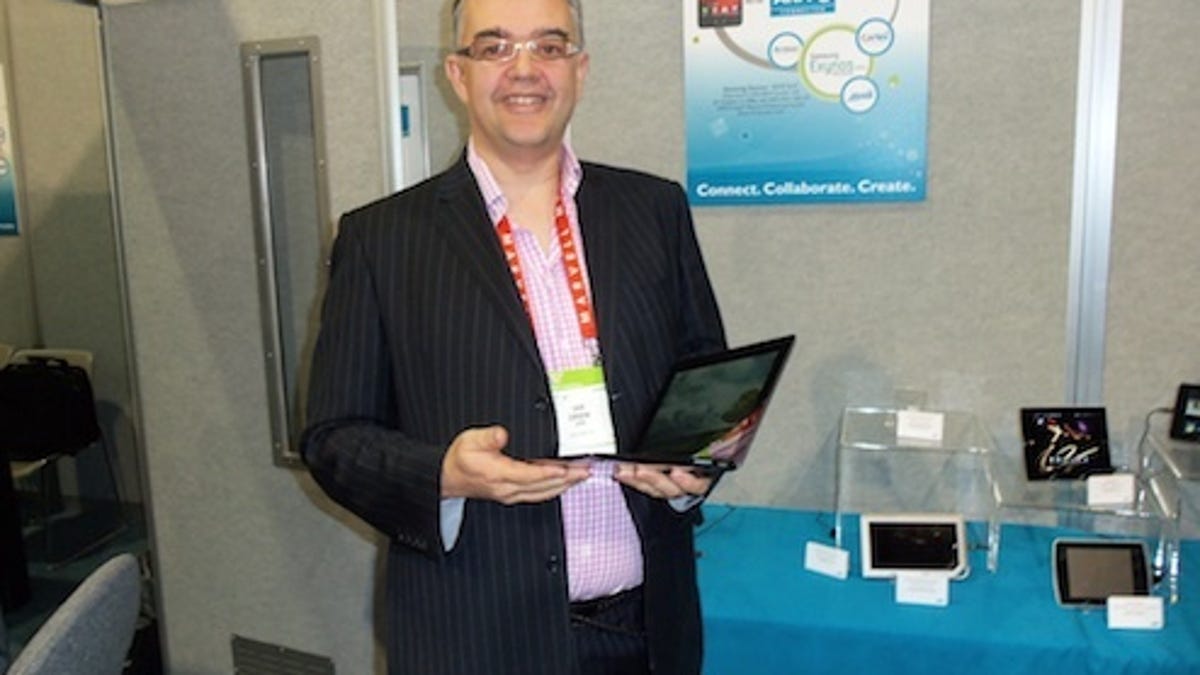ARM's secret to success: Not doing things the Intel way
ARM executive Ian Drew believes that the chip design firm's tremendous success is based in part on not pushing a particular form factor (at the expense of others).

LAS VEGAS--ARM believes that its success is tied to doing things very differently from Intel. And you can't argue with its success.
I spoke to Ian Drew, executive vice president of strategy at chip design firm ARM, on the CES show floor here on Tuesday.
Q: You've seen tremendous success over the last few years. ARM chips are in virtually every smartphone and tablet out there. Can you comment?
Drew: We shipped 8 billion (processor) cores last year. Look at the growth of smartphones. The diversity of our product lines. Look at how this business has changed over the years. When I came [to CES] seven years ago, no one knew who ARM was.
How are you different from Intel, which is very aggressive at promoting its strategies?
Our business model is about partnership. We don't go around [like Intel] and say, "you have to build a product that looks like this." It's our partners that come out and say, "this is what we're doing." Our friends at Intel have a different way of doing things. You won't see us coming and saying, "X, don't do this," and "Y, don't do that."
That is radically different than Intel.
Look at the way we encourage diversification. We're about setting directions. You'll probably find ARM companies doing ultrabooks, but you'll also find them doing tablets and other devices between that. Instead of talking about one category [like ultrabooks], I like to talk about a whole gamut of product and let the consumers decide which is going to work.
Q: What's the next, big thing for ARM?
Big little. It's a cluster of big [processor] cores and a cluster of small cores, and then the software can pick dynamically how many smalls and how many bigs make the best sense. All on one die [one piece of silicon]. So, for example, when you're just listening to audio, you probably only want one or two small cores. But when you're running a game, you'll want multiple big cores. And what you want to do is have those big cores switched off when you don't need them. So it increases your dynamic range from very low power to very high performance.

